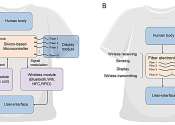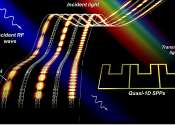New acoustic resonators based on commercial field effect transistors
A key objective of electronics engineering studies focusing on radio communication is the development of increasingly smaller, lighter, and low-power radio components. This could be achieved by integrating all radio components ...









